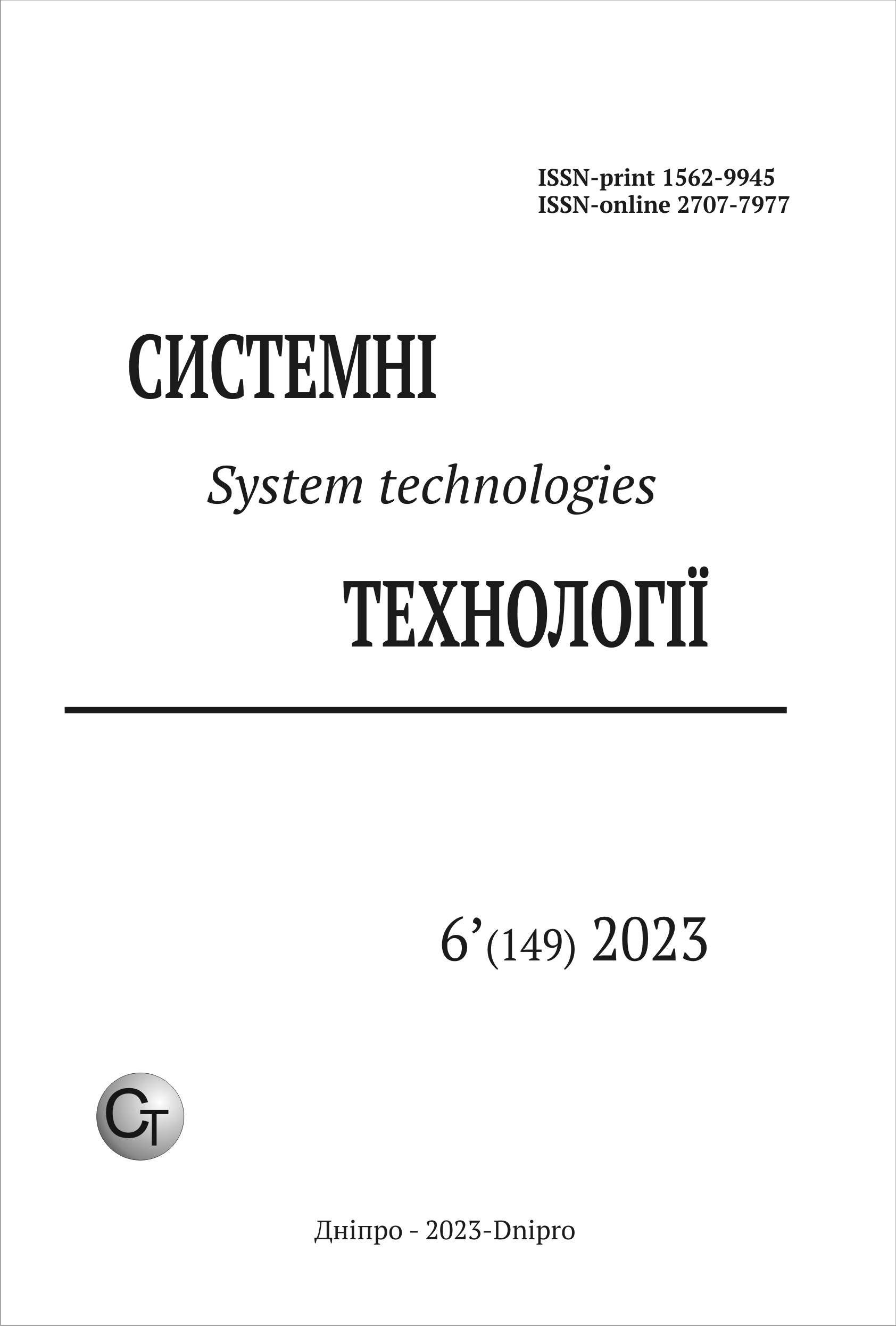ПОШУК КЛЮЧОВИХ ТОЧОК НА ЗОБРАЖЕННЯХ ДЛЯ СТВОРЕННЯ ЦИФРОВИХ ДВІЙНИКІВ МЕДИКО-БІОЛОГІЧНИХ ОБ'ЄКТІВ
DOI:
https://doi.org/10.34185/1562-9945-6-149-2023-01Ключові слова:
3D візуалізація, цифрові двійники, медичне програмне забезпечення.Анотація
У статті представлений аналіз оптимальних інструментів для створення цифрового двійника внутрішніх органів людини (на прикладі отоларингології) на основі потокових відеоданих, що надходять у реальному часі з камери медичного приладу. Досліджено два основних методи: алгоритмічна реконструкція та використання нейронної мережі. Порівняння методів виконано за критеріями: ефективність, точність, швид-кість реакції та практичність застосування в медичному середовищі. Особлива увага приділена підходам на основі нейронних мереж через їх високу адаптивність, точність і здатність ефективно обробляти зашумлені та неповні дані. Визначено основні переваги та особливості цього методу у контексті медичного застосування. Ре-зультати дослідження підтверджують високий потенціал нейронних мереж у ство-ренні точних цифрових моделей внутрішніх органів, що відкриває нові перспективи для розроблення програмного забезпечення процесів створення цифрових двійників медико-біологічних об’єктів.
Посилання
Steneker, M., 2016. Towards an empirical validation of the TIOBE Quality Indica-tor (Doctoral dissertation, Eindhoven University of Technology).
Zhen, W. and Luan, L., 2021, February. Physical World to Virtual Reality–Motion Capture Technology in Dance Creation. In Journal of Physics: Conference Series (Vol. 1828, No. 1, p. 012097). IOP Publishing.
Peng, K., Chen, X., Zhou, D. and Liu, Y., 2009, December. 3D reconstruction based on SIFT and Harris feature points. In 2009 IEEE international conference on robotics and biomimetics (ROBIO) (pp. 960-964). IEEE.
Kamel Boulos, M.N. and Zhang, P., 2021. Digital twins: from personalised medicine to precision public health. Journal of personalized medicine, 11(8), p.745.
Sipiran, I. and Bustos, B., 2011. Harris 3D: a robust extension of the Harris operator for interest point detection on 3D meshes. The Visual Computer, 27, pp.963-976.
Bradski, G. and Kaehler, A., 2000. OpenCV. Dr. Dobb’s journal of software tools, 3(2).
Pang, B., Nijkamp, E. and Wu, Y.N., 2020. Deep learning with tensorflow: A review. Journal of Educational and Behavioral Statistics, 45(2), pp.227-248.
Завантаження
Опубліковано
Номер
Розділ
Ліцензія
Авторське право (c) 2024 Системні технології

Ця робота ліцензується відповідно до ліцензії Creative Commons Attribution 4.0 International License.















